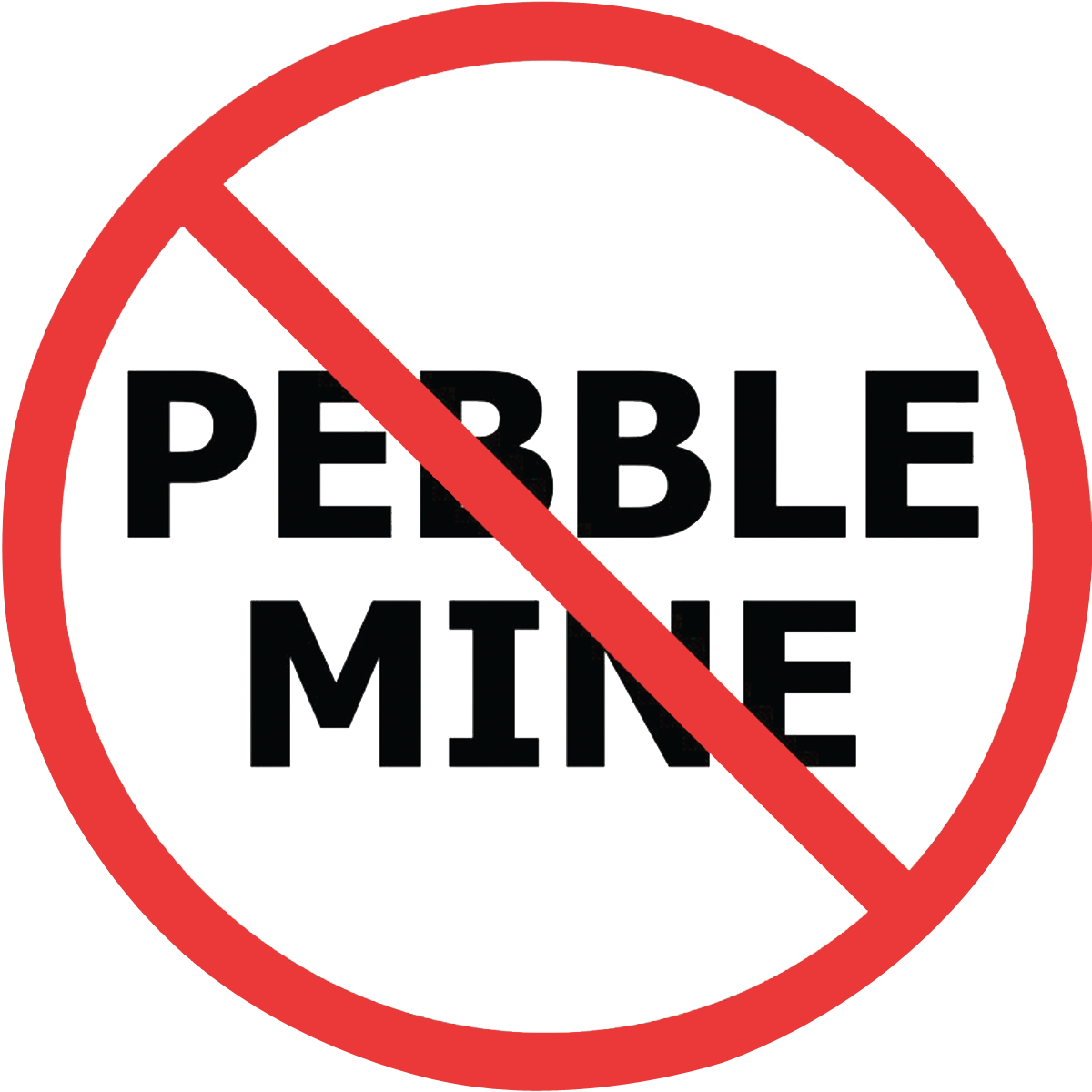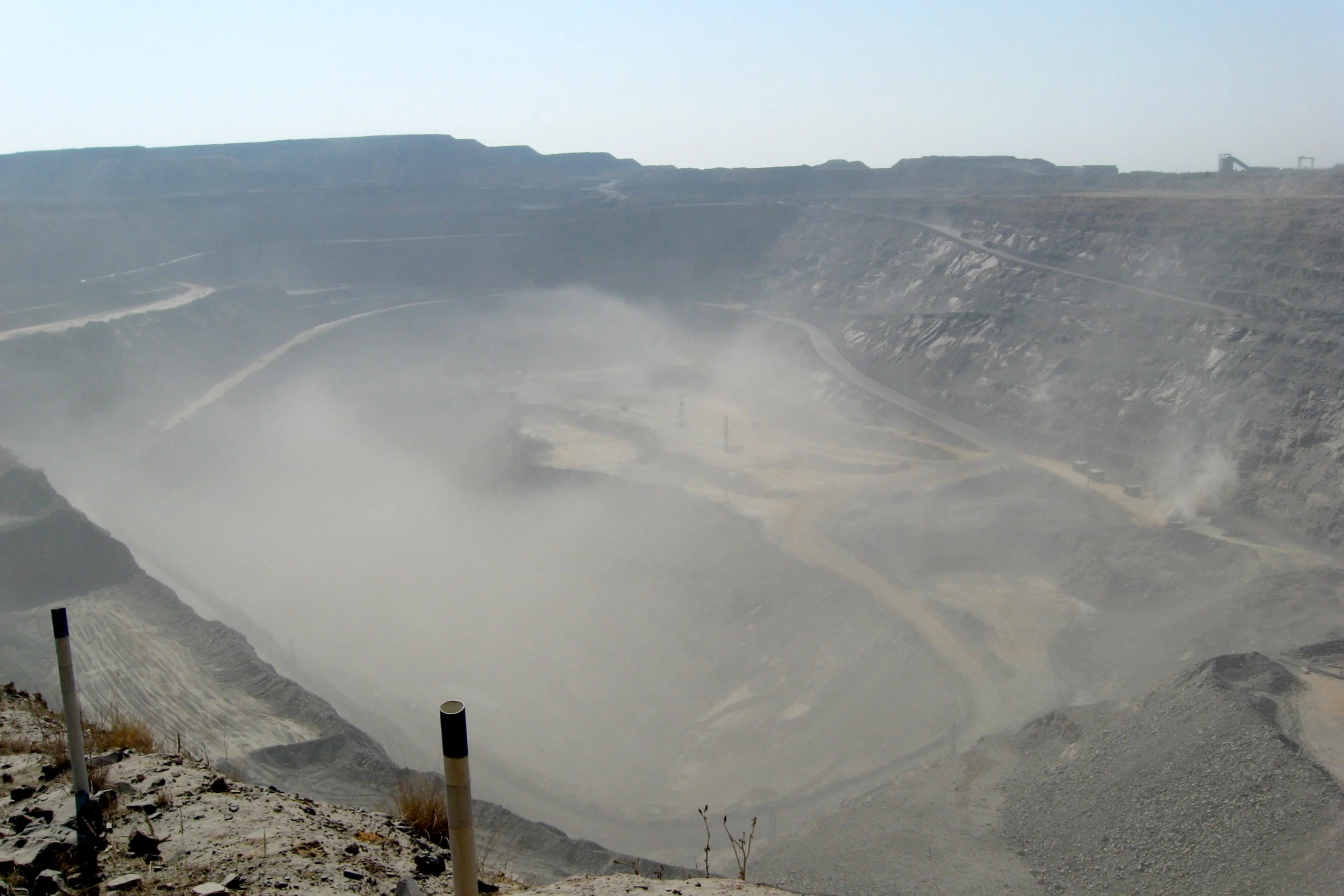We know, we know: at the outset, this seems like splitting hairs. But the reality is, dust is a huge impact that is not currently even being acknowledged by the agency considering issuing Pebble a permit to construct a massive mine in Bristol Bay.
There will be a LOT of dust, and the Draft Environmental Impact Statement (DEIS) - the KEY document of the permitting process - completely ignores how toxic the dust from Pebble would be to fish.
The mine site is expected to have 8,300 tons of fugitive dust per year coming off the mine site. Another 5,700 tons per year will be generated when they build the road, and after the road is built, there will be about 1,500 tons of road dust a year.
Here’s why that matters:
1. Thousands of tons of dust will carry copper across wetlands and streams. The dust will allow copper to leach into waters where fish could be exposed to it, potentially causing them to behave erratically and in ways that affect reproductive success. Read more about impacts of copper here.
Dust will land on at least 1,500 acres of wetlands and 300 acres of lakes, ponds, and streams, posing massive impacts to fisheries and the fishing experiences of tourists visiting the region
Although copper is certain to be in the dust, the DEIS completely ignores this! Copper will leach from dust when it lands on wetlands and in water.
Natural waters throughout this area are extremely low in copper concentrations. Studies with this water have shown that very small increases in copper levels will affect salmon by causing them to be less aware of predators and less able to find their home streams.
2. The DEIS has so little information on the current natural environment that there will be no way to measure the impact of fugitive dust in the future.
There is no baseline data on soil chemistry for roads, no soil or sediment chemistry near ferry terminals, and minimal soil chemistry at the mine site. If the present natural amount of copper and other elements in soil are not known, then the increase from mine-related activities over time cannot be measured.
The mine is certain to expand from a 20-year mine to a 78-year mine and the cumulative effects of dust on vegetation, wetlands, and water bodies was not assessed.
Dust is another example of how the Corps of Engineers has not done their job and is NOT holding Pebble up to a high standard of scientific rigor that Bristol Bay demands. And, our decision makers are letting them. Please comment to the Corps of Engineers that Pebble poses unacceptable risk to Bristol Bay.
Example of dust swirling at an open pit mine in Botswana


